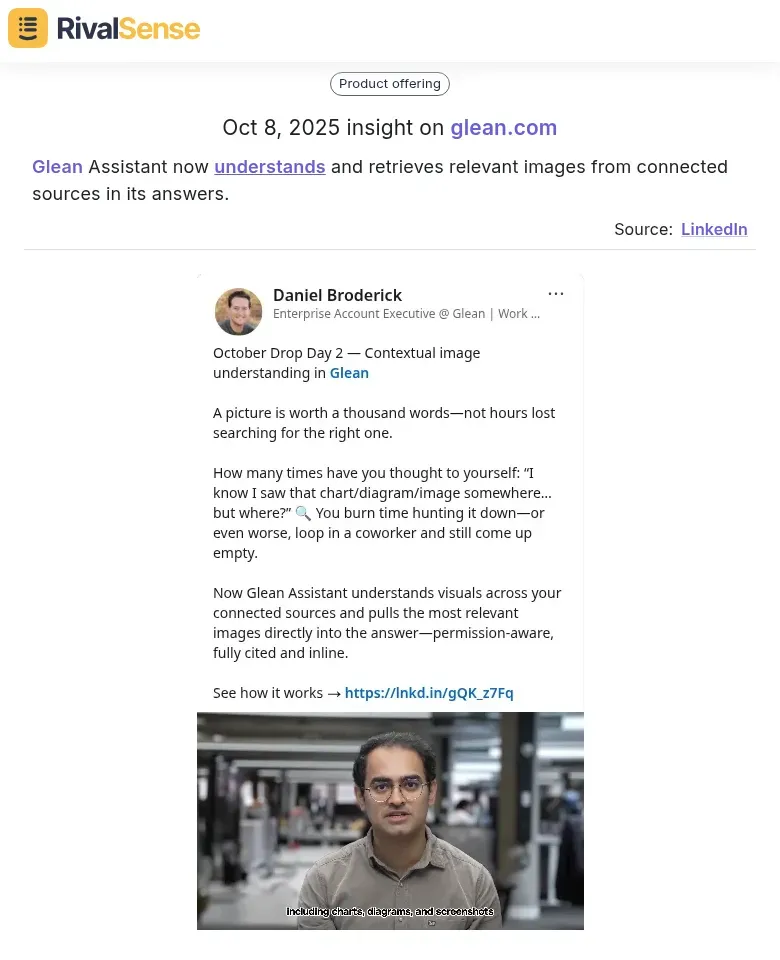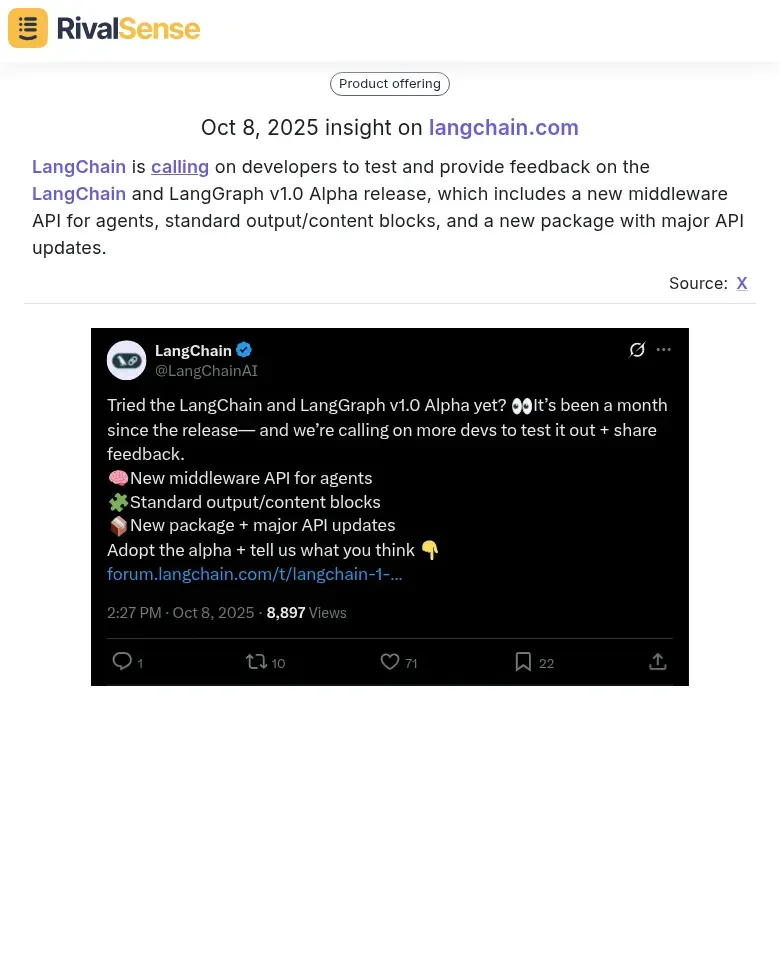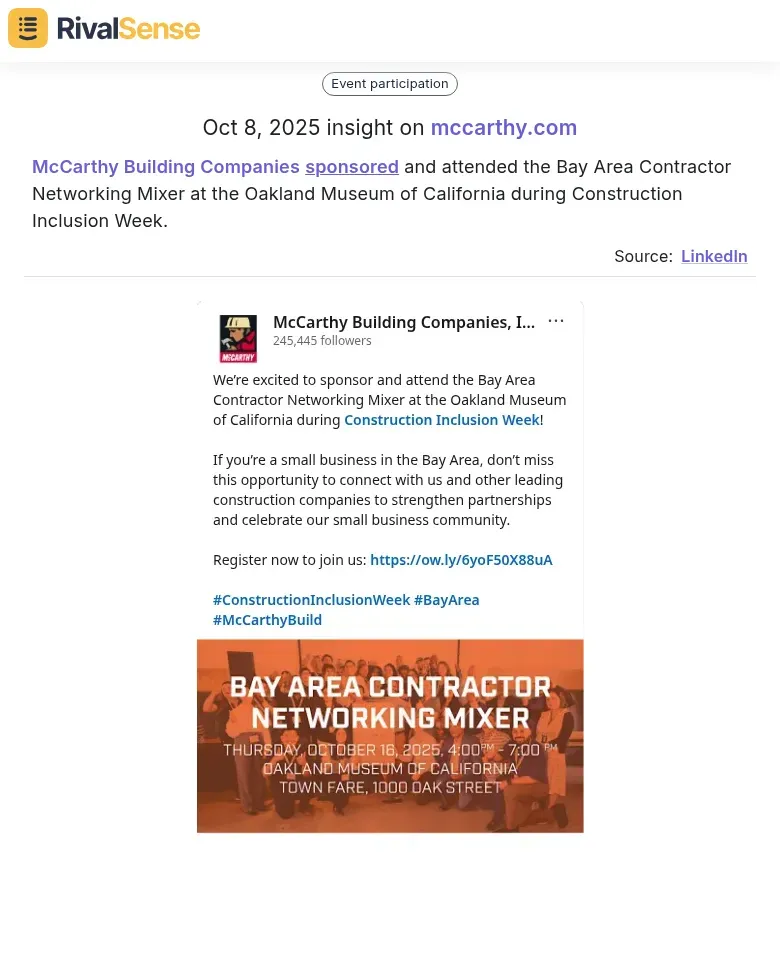PR Key Account Win Rate Tracking Cheat Sheet
PR key account win rate tracking is a strategic approach to measuring your success in securing high-value deals against competitors. It goes beyond basic metrics by focusing on accounts that drive significant revenue and market influence. For instance, knowing you win 70% of enterprise deals against a specific rival highlights where your value proposition resonates most effectively.
Monitoring these competitive dynamics provides deep insights into market positioning and areas for improvement. When you analyze why a key account was lost, you uncover gaps in messaging, pricing, or features that can be addressed proactively. Practical steps include:
- Define key accounts based on revenue potential or strategic importance
- Track all competitive deals using CRM integrations
- Conduct quarterly win/loss analysis to identify patterns
- Update PR narratives based on findings—e.g., if customer support drives wins, feature it in media pitches
Essential Metrics for Tracking Competitor Performance
Tracking competitor performance requires a focus on key performance indicators that reveal market trends and competitive strengths. Essential metrics include win/loss ratios, deal velocity, market share, and average deal size. For example, calculate win/loss ratios by dividing wins by total opportunities against each competitor, aiming for ratios above 50% to indicate competitive advantage.
Analyzing these metrics regularly helps identify shifts in competitor tactics and market dynamics. If a rival's win/loss ratio spikes, investigate potential causes like pricing changes or new feature launches. Practical steps:
- Use a CRM to log every competitive encounter
- Create a dashboard with core metrics for weekly reviews
- Benchmark deal velocity against top rivals to streamline sales processes
Checklist for Metric Tracking:
- ✅ Monitor win/loss ratios per competitor monthly
- ✅ Update market share data quarterly using industry reports
- ✅ Track deal velocity to assess sales efficiency
- ✅ Document qualitative insights from sales teams
Competitive Intelligence Gathering Strategies
Effective competitive intelligence gathering starts with systematic data collection from multiple sources to inform your PR and sales strategies. Utilize tools like RivalSense to monitor competitor websites, pricing pages, and public filings for real-time updates. This approach ensures you stay informed about market movements and can react swiftly.
Leveraging customer feedback and sales team insights provides actionable intelligence for refining your approach. Implement win/loss analysis interviews to understand deal outcomes and competitor weaknesses. For example, RivalSense tracked that Glean Assistant now understands and retrieves relevant images from connected sources in its answers.

This type of product update insight is valuable because it alerts you to competitor innovations that could influence customer perceptions, allowing you to adjust your messaging and highlight your differentiators.
Practical Checklist:
- ✅ Conduct weekly pricing audits of top 3 competitors
- ✅ Hold monthly win/loss debriefs with sales teams
- ✅ Set up real-time alerts for competitor news and product launches
- ✅ Perform quarterly digital presence benchmarking
- ✅ Survey customers specifically about competitor comparisons
Building Effective Sales Battlecards for PR Teams
Building sales battlecards for PR teams involves crafting clear, actionable resources that empower your team to handle competitive situations confidently. Start by developing concise positioning statements that contrast your offerings with specific competitors, such as highlighting unique features and benefits in 1-2 sentences.
Incorporate counter-messaging for common objections and trap questions to uncover competitor weaknesses during sales conversations. For instance, RivalSense observed that LangChain is calling on developers to test and provide feedback on the LangChain and LangGraph v1.0 Alpha release, which includes a new middleware API for agents, standard output/content blocks, and a new package with major API updates.

Monitoring such product release and feedback insights is valuable because it helps you identify gaps in competitor offerings and refine your battlecards with targeted rebuttals, ensuring your team is prepared for objections related to new features or community engagement.
Practical Tips:
- Use a battlecard template with sections for positioning, counter-messaging, and trap questions
- Update battlecards quarterly based on competitor moves and sales feedback
- Role-play scenarios to enhance team readiness and response accuracy
Implementing Win Rate Tracking Systems
Implementing win rate tracking systems requires selecting the right tools and establishing streamlined workflows for consistent data collection and analysis. Choose competitive intelligence platforms like RivalSense that automate monitoring of competitor announcements, media mentions, and deal outcomes to save time and improve accuracy.
Assign team members to track wins, log data in a centralized dashboard, and conduct monthly trend analyses to identify patterns. For example, RivalSense reported that McCarthy Building Companies sponsored and attended the Bay Area Contractor Networking Mixer at the Oakland Museum of California during Construction Inclusion Week.

Tracking competitor event participation insights is valuable because it reveals their networking and partnership strategies, enabling you to anticipate market moves and position your PR efforts to counter their visibility and influence.
Implementation Checklist:
- ✅ Set up alerts for competitor wins and losses to react quickly
- ✅ Cross-reference data sources to ensure accuracy
- ✅ Integrate insights into PR tactics—e.g., align campaigns with win rate trends
- ✅ Conduct quarterly reviews to refine tracking processes
Measuring ROI and Optimizing Strategy
Measuring the return on investment from competitive intelligence efforts involves calculating the impact on won deals and refining strategies based on data-driven insights. Start by dividing the value of deals influenced by PR intelligence by the cost of tools and team time—for instance, a $100,000 account win with a $10,000 investment yields a 900% ROI.
Use this data to justify expenditures and focus resources on high-impact areas. Refine PR messaging by analyzing win rate trends; if specific differentiators drive success, emphasize them in campaigns.
Optimization Checklist:
- ✅ Review win/loss reasons monthly to identify patterns
- ✅ Segment data by competitor and industry for targeted insights
- ✅ A/B test PR messages based on performance findings
- ✅ Gather feedback from sales teams on intelligence usability
- ✅ Automate reporting with tools like RivalSense to save time
Ready to elevate your competitive strategy? Try RivalSense for free at https://rivalsense.co/ and get your first competitor report today! 🚀
📚 Read more
👉 How Saatva's CrossFit Partnership Revealed Competitor Growth Tactics
👉 LinkedIn Competitor Analysis: Uncover Target Audience Insights
👉 Boost Productivity: Track Luxury Haircare Competitor Hiring
👉 Streamline Regulatory Compliance with Competitor Intelligence Insights
👉 How to Decode Competitor Moves: Insights from Holland & Barrett's Store Expansion
